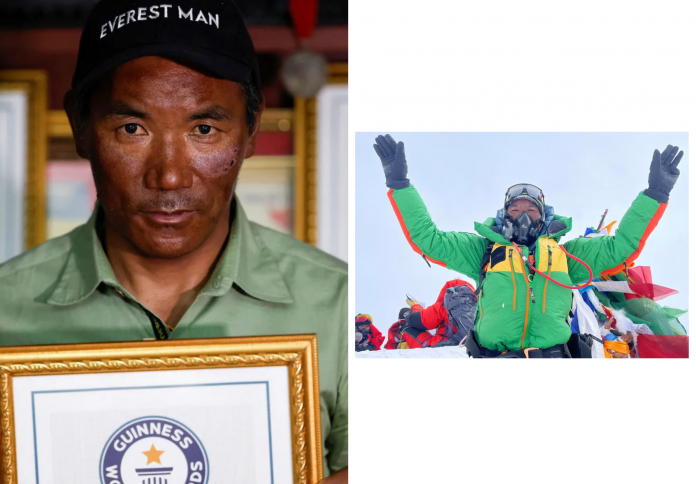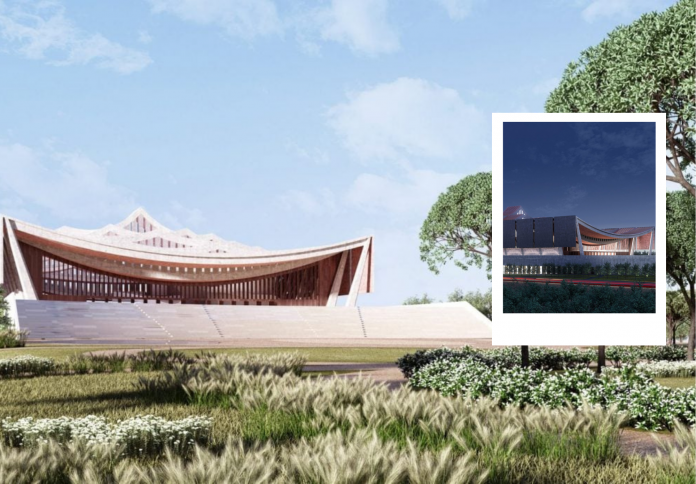Kami Rita Sherpa, the renowned Nepali climber who recently set a record by summiting Mount Everest for the 28th time at age 53, has expressed a bleak outlook on the future in Nepal, particularly for the Sherpa community involved in mountaineering. Despite a hero’s welcome on his return to Kathmandu, he is contemplating immigrating to the United States to secure better opportunities for his family.
From Highs to Hardship: A Climber’s Dilemma
Just days after achieving his record 28th summit of Mount Everest, Kami Rita Sherpa, 53, was celebrated in Kathmandu. However, the joy seemed to fade as he reflected on life from his rented apartment. “There is no future in Nepal,” the father of two told Reuters. “Why stay here? We need a future for ourselves… for our children.”
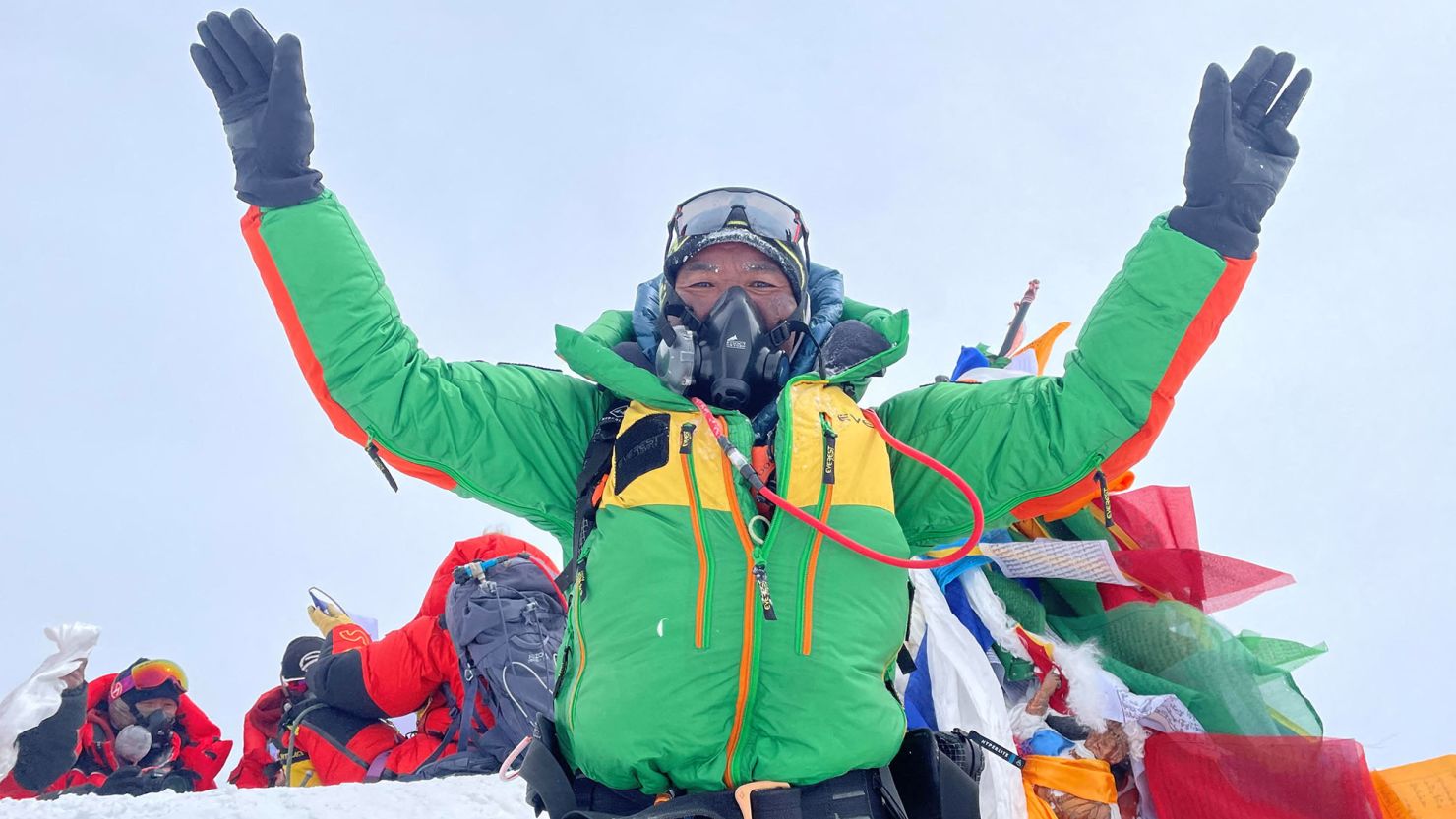
Wearing a baseball cap emblazoned with “Everest Man” and with his face weathered by wind and snow, Kami Rita is proud of his accomplishments. Yet, he is also grateful that his earnings as a mountain guide allowed him to move to the capital, ensuring his children receive an education he never had. His 24-year-old son is studying tourism, and his 22-year-old daughter is pursuing an Information Technology course. Kami Rita, who left school in his mountain village around 12 years old, emphasized, “This would not have been possible had I continued to stay at Thame and not taken to climbing.” Despite a showcase filled with awards and Guinness World Record certificates, he speaks of immigrating to the United States for new family opportunities.
The Sherpa Exodus and Industry Concerns
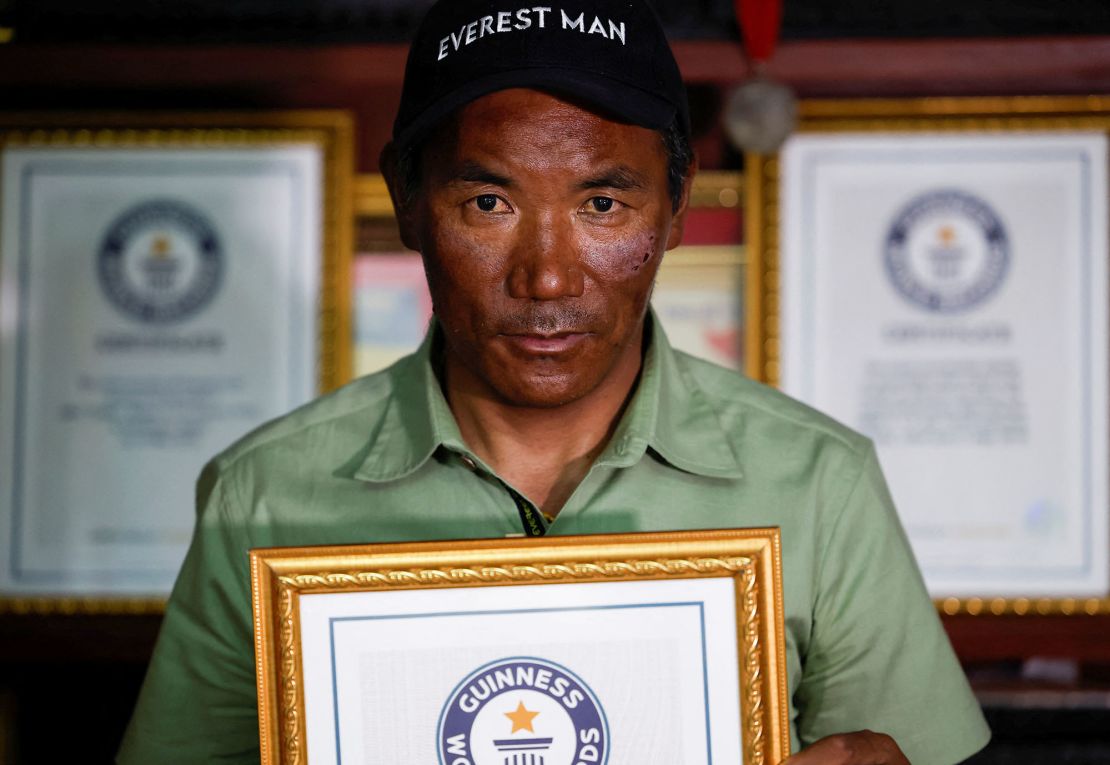
Kami Rita was born in Thame, the same Himalayan village as Tenzing Norgay, who, alongside Sir Edmund Hillary, made the first Everest summit 70 years ago. This region, bordering China’s Tibet and home to Everest (8,849 meters or 29,032 feet) and other towering peaks, has become a mecca for mountaineers.
Sherpas, an ethnic group indigenous to the Everest region, are the undisputed backbone of mountain expeditions. They perform crucial tasks such as fixing ropes, setting up ladders, carrying loads, and cooking. Their earnings typically range from $2,500 to $16,500 or more per single expedition, depending on their experience. However, Kami Rita warns that younger Sherpas are increasingly shunning this demanding life. “The new generation of sherpas is not taking to climbing. They want to go abroad in search of a better career,” he stated. He fears that in 10-15 years, there will be a significant shortage of Sherpas to guide climbers, noting their numbers are “already low now.” Many renowned Sherpa guides have already left Nepal for better prospects in the West, particularly the United States.
Tourism’s Economic Impact and Call for Welfare
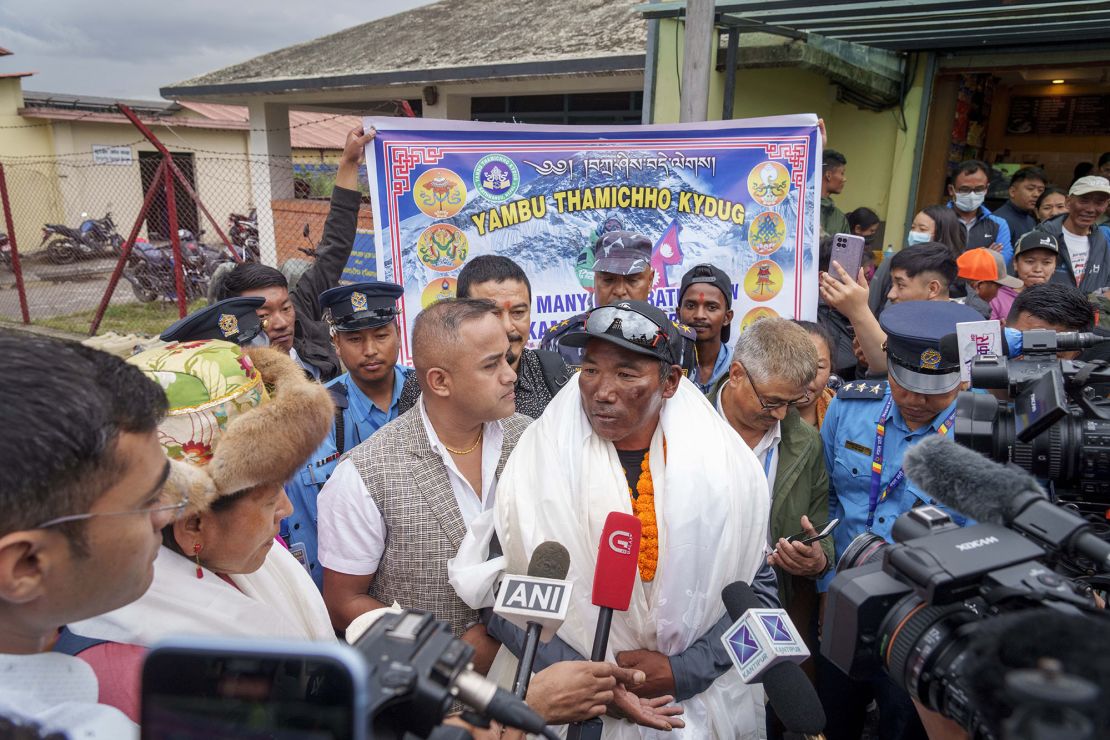
Mountain climbing and trekking attract thousands of foreign visitors to Nepal annually, contributing over 4% to the nation’s $40 billion economy. During the March-May 2023 climbing season alone, Nepal earned $5.8 million in permit fees, with $5 million coming exclusively from Mount Everest. While hiking tour companies estimate over 500,000 people are employed in tourism, many remain economically vulnerable in this impoverished nation of 30 million people.
Kami Rita criticized the Nepali government for doing “little for the welfare of the sherpas,” urging authorities to establish welfare schemes such as a provident fund, retirement benefits, and educational facilities for their children. He highlighted the inadequacy of the current mandatory life insurance for Sherpas, which offers a mere 1.5 million Nepali rupees (about $11,300 USD). He passionately advocates for this payout to be increased to 5 million rupees (about $38,000 USD), especially considering that three Sherpas died just last month while traversing the treacherous Khumbu Icefall on Everest.
